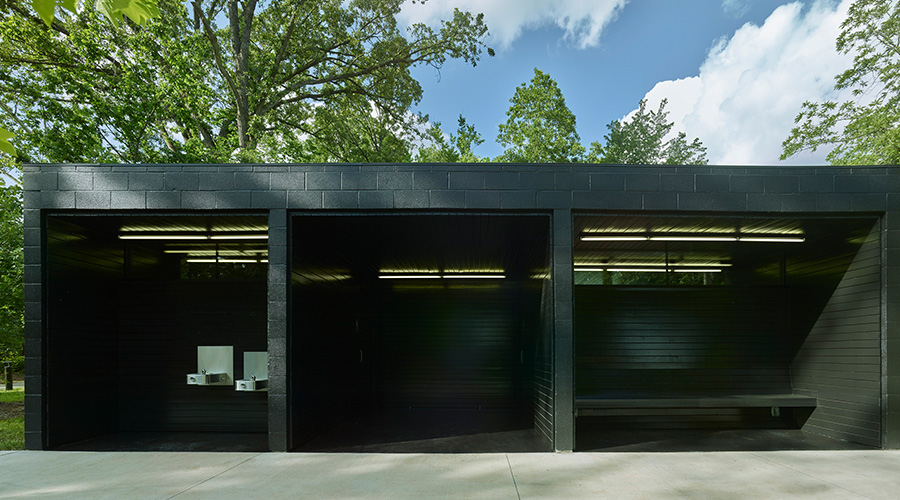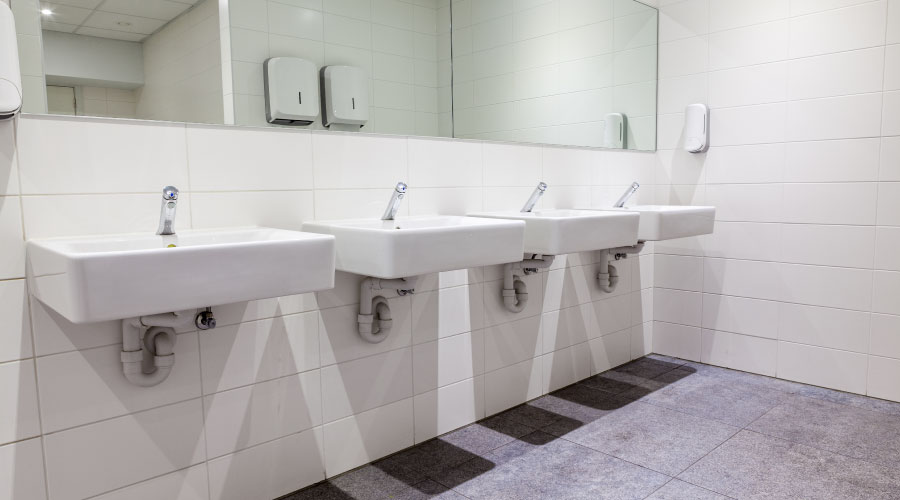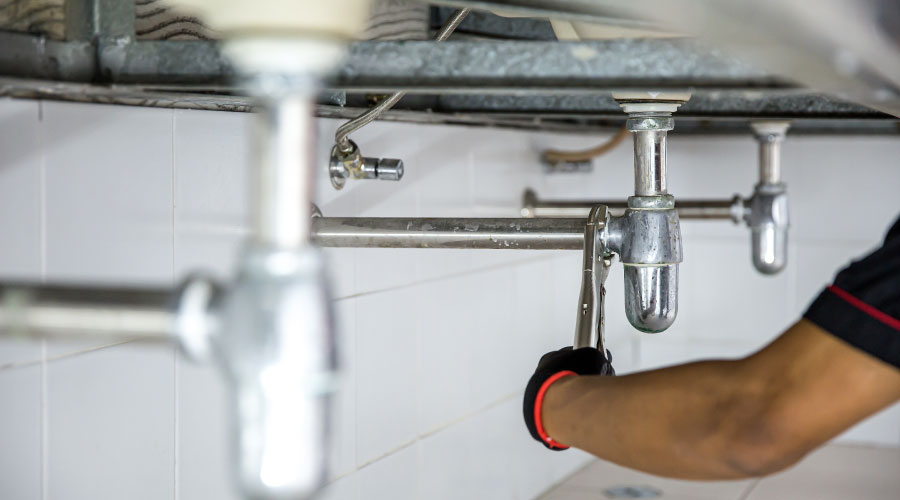Plumbing Retrofits: Determine Product Compatibility
Among the biggest challenges facing managers overseeing plumbing retrofits is product compatibility. For example, older toilets can have flows as high as 6 gpf, and the bowls on these toilets were designed for that flow. But if a retrofit calls for an upgrade to fixtures that use 1.6 gpf or 1.28 gpf, the manager will need to check with the bowl's manufacturer to ensure its design operates with the new, lower flow.
If not, it might be necessary to replace the bowl as part of the retrofit to prevent back-ups and overflows. Even so, the savings of 4.4 gpf or 4.72 gpf — multiplied by the number of flushes per year and again by the number of toilets, plus trouble-free operation and lower maintenance costs — are worth the upgrade cost.
Other product options for managers to consider incorporating into retrofits are dual-flush, auto-flush, and waterless urinals, which save in both the amount of water per flush and the number of flushes. With dual-flush valves, moving the handle in one direction allows a lower flow for flushing liquid waste. Moving it in the opposite direction allows a higher flow for flushing solid waste.
Auto-flush valves flush when the user moves away from the fixture. This design uses only the amount of water needed to keep the fixture clear, as opposed to a periodic, scheduled flush, whether a visitor uses the fixture or not. Managers also can specify auto-flush valves that operate on solar energy, using only the lighting in the restroom to maintain sufficient energy to operate the valve.
Waterless urinals do not require valve upgrades, just the addition of the liquid seal and an insert to hold it in the existing urinal drain.
While waterless urinals eliminate water use and generate savings, managers need to consider their maintenance requirements before specifying them for retrofits, as they might demand more specialized maintenance compared to their more traditional, water-using counterparts.
Managers also can generate savings by adding lower-flow aerators to existing sinks and showers. Other options include upgrading to low-flow faucets or adding touchless faucets that operate on batteries or solar cells. Touchless faucets are sensor-operated and allow water to flow only when the user's hands are under the faucet. They offer the added hygiene advantage of reducing cross-contamination.
Precise sensor adjustment is important when installing these products. Some sensors feature a dual-beam mode. One mode is for low interference, and the other is for high interference, including mirrors, bright lights, and reflective surfaces that produce false activations.
With these products, it pays to also specify diagnostic software and a hand-held personal computer. Without needing to use tools or touch the fixtures, technicians can use the software to change settings, adjust sensor ranges, and monitor battery charge.
Technicians also can obtain on-screen product identification and settings and can access troubleshooting guidance. Managers should check product specifications to ensure technicians can change the unit's battery above the sink without having to shut off the water.
Finally, as with any new installation, managers should consider training for technicians and housekeeping crews, which can ensure retrofits perform their best and enhance ease of use and comfort.
Related Topics:














